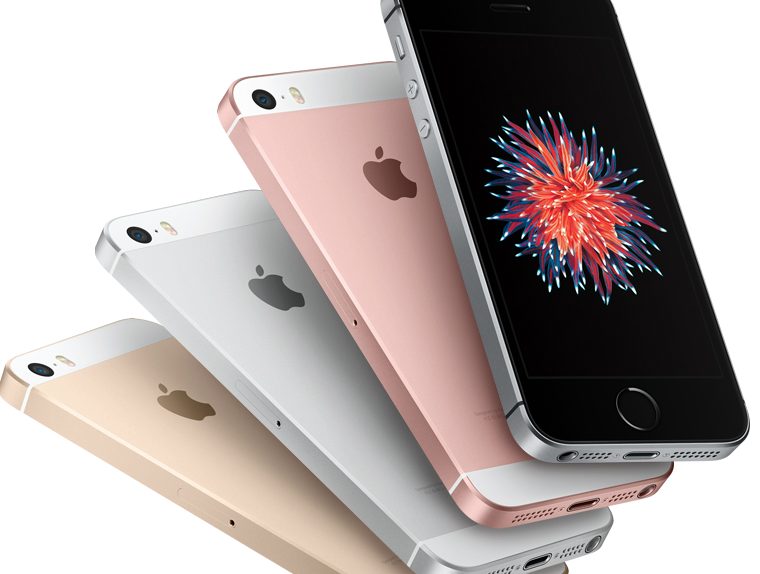Apple new iPhone SE may not be a flagship device, but there’s more than a good chance that the SE will be Apple’s surprise sleeper hit of the season. Jam packed with Apple’s most advanced technologies, the iPhone SE is the first 4-inch iPhone in nearly three years that offers the most advanced technologies Apple has to offer. From a blazing fast A9 processor to an impressively upgraded camera system, the iPhone SE has been a long time coming for many current iPhone 5 and 5s users.
All that said, the one feature that didn’t make its way into Apple’s new iPhone SE is 3D Touch, a technology Apple first introduced on the iPhone 6s this past September. While one might reflexively assume that Apple – as its prone to do – simply wants to funnel users towards its more expensive and higher-margined devices, the reality is likely bit more nuanced.
DON’T MISS: This gorgeous iPhone 7 concept looks too good to be true
For starters, there are cost considerations to take into account. It’s no secret that iPhone sales may decline in 2016 for the first time ever, and Apple as a result naturally wants to do all it can to keep iPhone sales figures afloat. That being the case, keeping the iPhone SE priced at an affordable level likely took priority over incorporating 3D Touch into the device. Indeed, Apple pleasantly surprised everyone when they announced that the base model iPhone SE would be available at an unsubsidized price of $399. By way of contrast, a comparable iPhone 6s will cost you about $679.
That being the case, keeping 3D Touch out of the iPhone SE was a clever way to keep the price of the device down by removing a feature that, sad to say, didn’t seem to catch on in the way many had initially anticipated.
Another variable at play is that 3D Touch may have been designed for larger iPhones from the very beginning.
AppleInsider adds:
Aside from raw component and manufacturing costs, 3D Touch hardware is designed specifically for 4.7- and 5.5-inch iPhones. Engineering a working solution for an entirely new form factor is no mean feat.
What’s more, AI relays a blurb from reputed analyst Ming-Chi Kuo who adds that 3D Touch components were the most difficult to produce en masse.
“Technical difficulties of scaling the tech up to tablet sizes were only part of the problem,” the report states, “as Kuo described 3D Touch as the most severe bottleneck in Apple’s iPhone 6s supply chain.”
It’s one thing for Apple to experience supply constraints on a new flagship, but it wouldn’t be a good look, and likely would be a bad business move, for Apple to release a new iPhone in an old form factor and then tell interested buyers that they need a wait a few weeks.
At the end of the day, it appears that releasing the iPhone SE without 3D Touch was simply a means to get the SE out the door as quickly as possible and to make it as affordable as possible.








